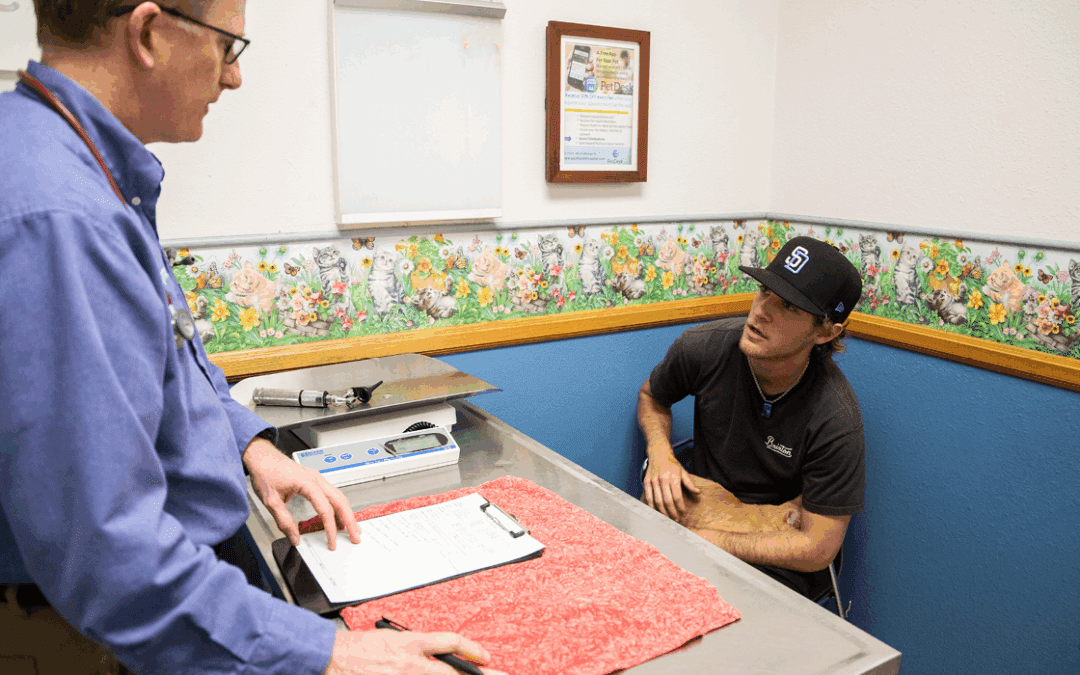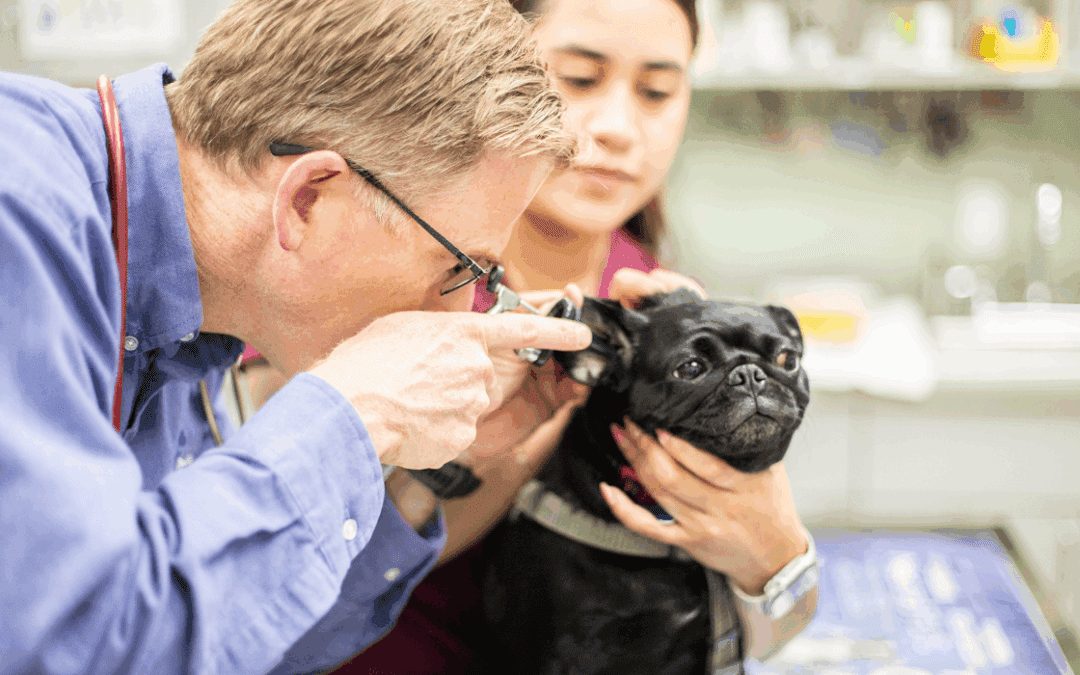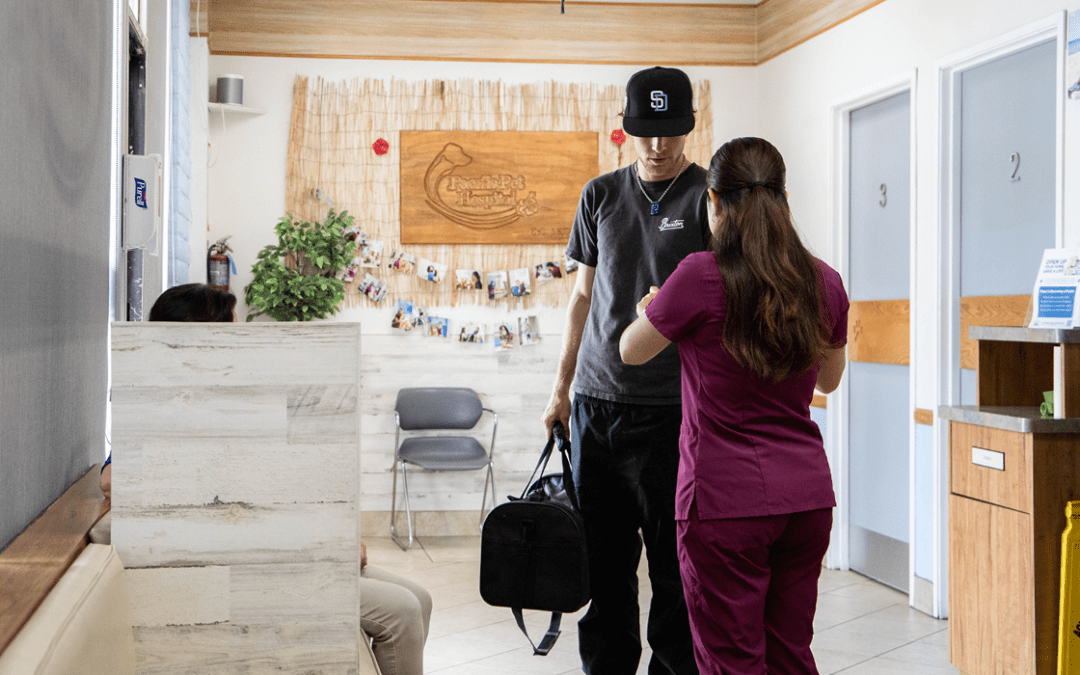Now, industry experts are considering the long-term impact the pandemic may have on client expectations. As veterinarians plan for the next year, they know that anticipating and meeting clients’ expectations will be critical to their business’ success. That’s why we are proud to have recently partnered with dvm360 for a webinar featuring industry leaders to address technology’s role in the veterinary industry during this time. Below, we highlighted the top 3 questions that came up in the discussion—ones you may have been asking in recent weeks.
Key Highlights from “Technology with COVID-19 Pandemic”
How do you enable a client to appreciate the value of a telemedicine experience and be satisfied paying for that service?
There are concerns throughout the veterinary medical community around charging patients for this ‘new’ telemedicine service. Dr. Jessica Vogelsang, who runs the Veterinary Telemedicine Community on Facebook, a group of veterinary professionals seeking to understand telemedicine, provides two key i6nsights. First, it is best to start from a place of extension of care and not a new service. Telemedicine is a means to deliver care, not the care itself. And second, clients are anticipating a payment for services similar to the consults you have in your office.
With this in mind, it’s easier to set up a pricing structure for your virtual consultations that align with the rest of your practice’s pricing structure.
How do clinics handle payments for telemedicine services?
Veterinary practices are puzzled over how to charge remotely, as many have been set up to only process transactions at payment terminals in the clinic. Some seek out telemedicine software providers that process payments in the client experience, others seek out open-source payment providers, and others still, are using their current payment process–over the phone.
For those clinics not opting into a payment process along with a telemedicine software, here are some of the popular ways veterinarians are taking payment:
How and when do we use this? What are the use cases?
The majority of veterinary clinics have been providing telehealth for years in familiar ways. To meet client expectations, the first and simplest step is consciously integrating telehealth tools in those existing protocols—such as surgery follow-ups. In these circumstances and others, clients already expect the convenience of telehealth services.
Still, many practice owners and managers are anticipating a long-term shift in client expectations and finding new opportunities in new virtual care options. The sooner veterinary practices implement convenient, client-friendly telemedicine tools, the more poised they are to meet evolving client needs and expectations during and after COVID-19 restrictions are normalized.
You can find additional helpful resources and information on our blog post, Telemedicine-One Size Does Not Fit All.
We also compiled a handy downloadable packet of Two-Way Messaging Use Cases as a reference as you consider how to incorporate telehealth into your workflows.






